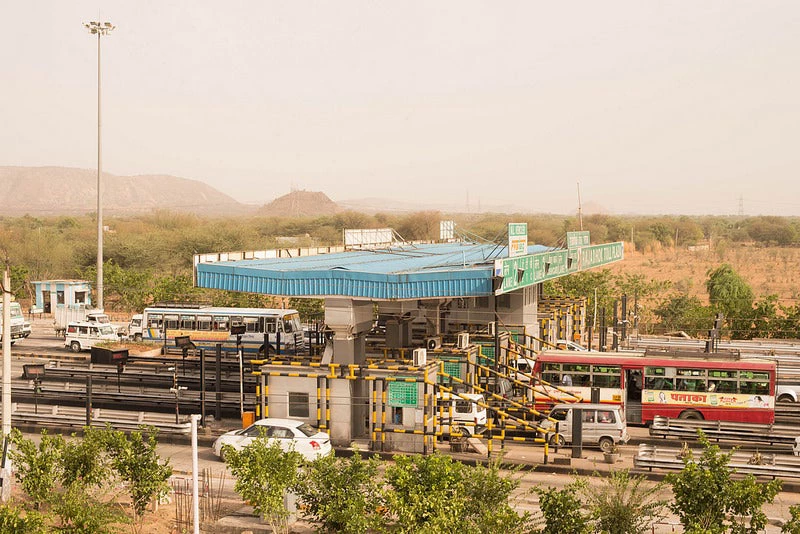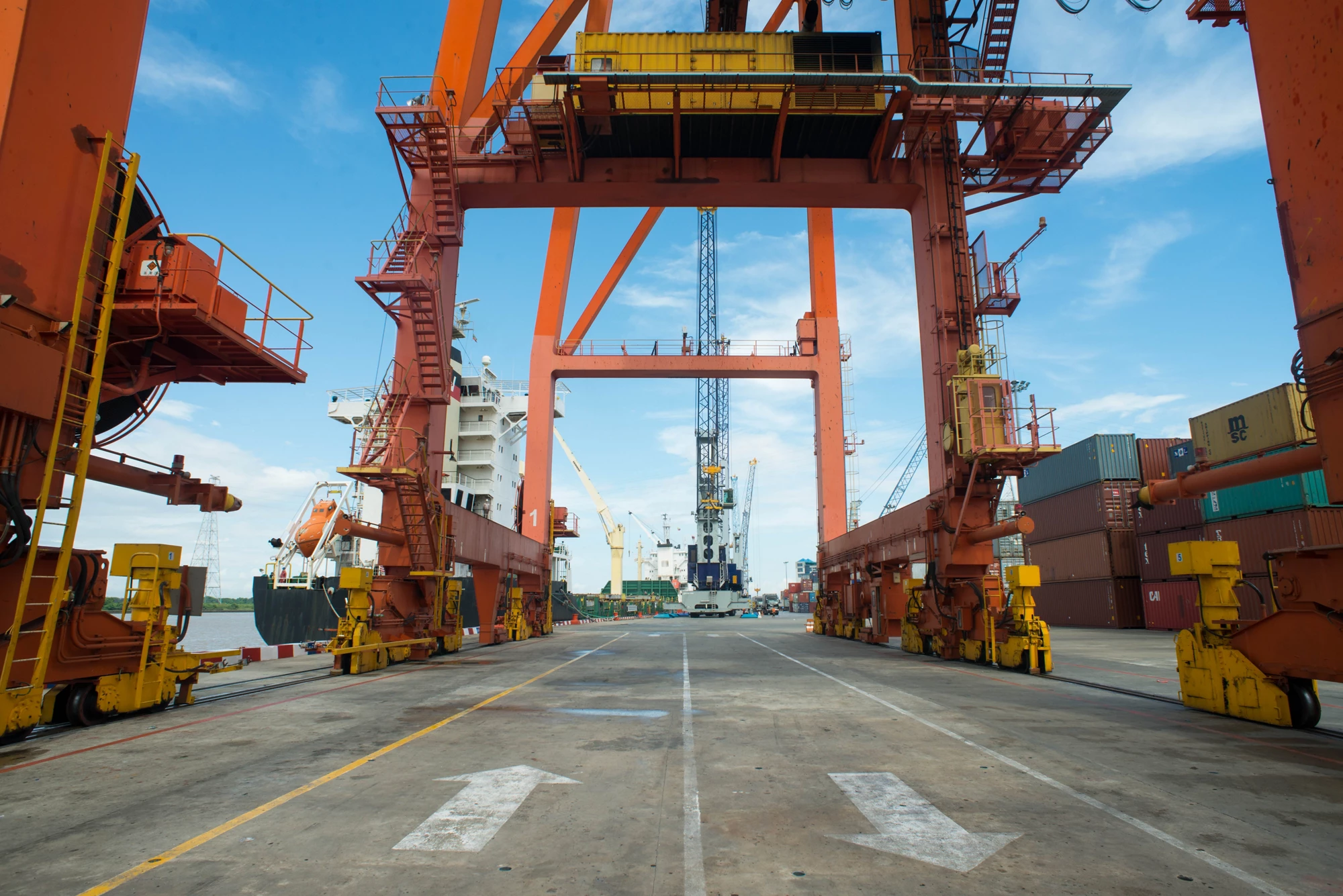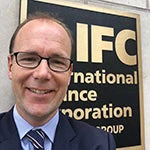There is a famous saying that a successful person can lay a firm foundation with the bricks others have thrown at him.
In real life however, the art of building a firm foundation is not always that simple. Waiting for others to simply throw bricks at you is not enough when the grand task is transforming infrastructure into an asset class. There is a need for a skillful bricklayer—and this is the role we see for the multilateral development banks (MDBs).
To meet this challenge, our two institutions – the International Finance Corporation (IFC) and the Asian Infrastructure Investment Bank (AIIB) – co-hosted a session moderated by AIIB’s Vice President Joachim von Amsberg at the recently-held 2017 Global Infrastructure Forum. The objective was precisely to discuss how to construct and promote infrastructure as a tradable asset class.
The logic of our session was that emerging market governments that are operating under very tight fiscal conditions cannot afford to bridge their infrastructure gap through tax revenues and development assistance alone. As such, there is a need to mobilize private investments, which calls for new and innovative thinking on financial instruments and project origination.
The way forward
Three main ideas came out of the conversation – all three pointing toward the need to engage in comprehensive efforts that enable infrastructure to become an asset class.First, there was a call for MDBs to play a role in moving institutional investors out of their comfort zone in predominantly Organisation for Economic Co-operation and Development (OECD) countries. Today, most institutional investors have little or no exposure to infrastructure in emerging markets. Small changes in global investment patterns could, indeed, have a large impact in the developing world. Diverting just a small percent of the currently estimated over $70 trillion in institutional investor assets is enough to channel enough resources to meet the infrastructure needs of emerging markets.
At the session, it was clear that many investors are indeed looking to increase their exposure to the infrastructure asset class, but they find it difficult to invest in numerous, small individual projects, and hence seek to invest through funds or co-financing platforms. This provides a strong basis for action from MDBs to de-risk these operations, standardize financial products, and mobilize institutional capital.
Second, there was a call for MDBs to play a stronger role at a practical level in developing bankable projects. Currently, infrastructure projects in developing countries that are not “bankable” do not offer adequate risk-adjusted returns to attract private-sector equity or debt, or suffer from a misallocation of costs and/or risks.
In this regard, a clear need was highlighted to work upstream to create a policy environment that promotes commercially-viable projects. By the same token, several voices pointed out that governments need support, knowledge and expertise to structure attractive transactions. One of the participants captured this idea in one blunt statement: “At the end of the day, it is all about the deals.”
Lastly, several participants at the session mentioned the importance of having better data on risk and asset performance. As a relatively new asset class, private sector investors in the infrastructure space – especially in emerging markets – do not have reliable risk data, which makes it difficult to model-in asset allocations. As a result, investment risks are often perceived to be higher than they really are. This mismatch needs to be adjusted by facilitating the sharing of risk metrics that could help reduce critical asymmetries of information across participants in a potential transaction.

New momentum and optimism
A sense of optimism came out of the session. Different elements of a comprehensive solution gained momentum and generated a robust dialogue between private investors and MDBs.
The key take-away was that an asset class approach could open a door to massively employing the financial markets to promote sustainable development, especially in rapidly-growing urban centers in emerging markets.
The potential to unlock private capital for infrastructure investments in emerging markets is great , even though the road is difficult and sometimes bumpy. Infrastructure investments contribute to further economic growth, while at the same time providing clear diversification – and hence de-risking benefits for private investors.
We learned there is a need for ‘skilled bricklayers’ and for strong cooperation among MDBs. We need to build many bridges at the same time in order to make infrastructure truly attractive as a tradable asset class.
On April 23, 2017, the World Bank Group and the Asian Infrastructure Investment Bank signed a new memorandum of understanding (MoU) to strengthen cooperation and knowledge sharing between the two institutions. The MoU provides an overall framework for in common areas of interest, including development financing, staff exchanges, and analytical and sector work. It paves the way for the two institutions to further enhance coordination at the regional and country levels.
Related Posts:
Matching institutional investors and infrastructure investments
Global Infrastructure Forum maps out route towards delivering sustainable infrastructure
How MDBs are raising their game on infrastructure development
We look forward to hear from you: Flagging a new World Bank Group consultation on the Guidelines for the Development of a Policy for Managing Unsolicited Proposals in Infrastructure Projects. Submit your feedback here - Now open through May 7, 2017.



Join the Conversation